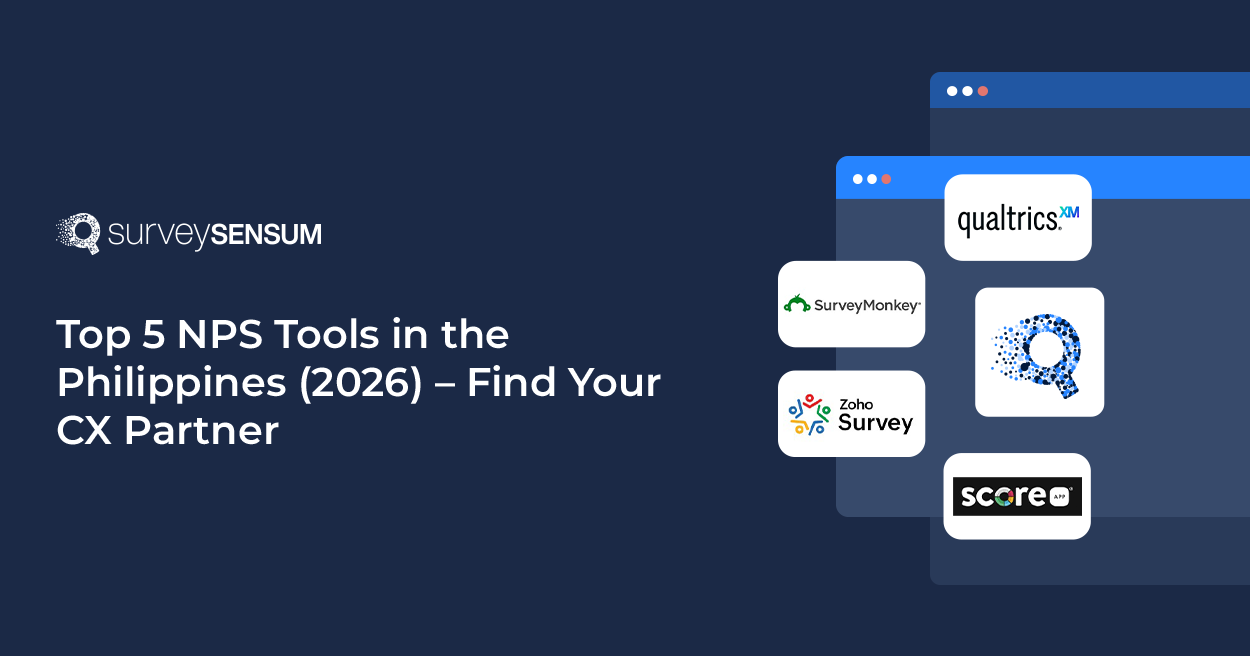

Are you starting your customer experience journey?
Are you planning to launch your VOC program?
Then you have come to the right place.
In the last few years, while working with the growth stage companies we observed a few things:
- They have created an awesome product.
- They are acquiring customers at the lightning speed.
But, they were struggling a lot in retaining those customers!
The most common reason behind their failure was – they were not making any use of the Voice of the Customer data.
So, aiming to help growth-stage companies start their Voice of the Customer program, we launched our first podcast, Experience talk: Voice of Customer and Employee.
In our first few episodes, we will discuss how you can create a VOC program from ground zero and then, how can you take that up to CX maturity? After that, in the later episode, we will also listen to CX professionals from these growth-stage companies and understand how they started their CX journey.
In conversation are Tanuj Diwan, Head of Product at SurveySensum, and Nandkishor Tripathi aka NK, Global Head of Customer Experience and Success at SurveySensum.
So, let’s jump right into it!
Click here to listen to this insightful conversation on Spotify!
What is the Voice of the Customer?
The Voice of the Customer summarizes two elements,
- listening to their feedback
- understanding what their expectations are from you or your brand.
When you connect VOC with the business metrics such as revenue or churn, then it has a broader understanding. But to start, it is very simple – feedback of the customer and the expectation of the customer from your services and the product.
What is the difference between the VOC program and the CX program?
The CX program is a broader umbrella and VOC is the heart of it.
The CX program consists of business-led metrics like revenue, churn rate, new customer acquisitions, customer acquisition cost. VOC, on the other hand, is connected with the customer metrics, like ‘Hey, are my customers happy?’ ‘What is my overall NPS score?’ ‘Are people able to recommend?’ ‘Are we able to make an equity on that?’ ‘Are my customers loyal enough?’ ‘How many happy customers are rating me on social media?’.
How to capture VOC data?
There is a slight difference between B2B and B2C in terms of how you are capturing data. A B2B customer journey includes fewer feedback channels. B2C, on the other hand, offers a wide sea of channels to the customers to reach out. Be it app reviews, a contact center, or a touchpoint service.
Brands are expanding their horizon to make sure they reach out to more customers. So, what you really need to understand is, what are the key touchpoints where your customers are interacting with you and collect feedback across all these touchpoints. For example, when you use Uber, you can share your feedback in the app itself, the Play Store, or the social channels. These are the key touchpoints for Uber.
As a brand, you have to make sure that you are listening to all the sources from where customers are reaching out to you. These all are the source of data and they need to go into your Voice of the Customer program so that you can listen and act upon it.
How does Uber respond to its customers’ voices coming from multiple channels?
A company that has millions of conversations going on, requires tools to act on it because you will not actually be able to reply to every single person manually. In a B2B segment it may be possible but not in B2C. That’s too difficult.
That’s exactly where the AI tools and technologies that consolidate all the responses come into the picture. What type of analysis you are doing and what kind of insights are you getting out of it is important!
There are tools like SurveySensum’s Conversation Analytics where you can connect with any sources, be it your CRM like Salesforce, email conversations, WhatsApp conversations, or contact center, all this goes and sits into one single dashboard in the conversation analytics and helps you analyze the sentiment of the customer. Also, not only just one team can analyze this data and make use of it, it helps the client success team, the contact center team, or the product team. Basically, it helps the agent who’s lifting up the call to see the past conversations with the customer, take actions appropriately, and be able to connect with them easily.
How did companies manage the shift from support calls to chatbots and social media conversations due to COVID?
This shift had created a major challenge for the brands. Agents are still working remotely and aren’t able to take the calls. The volume has also gone up as people are not getting their deliveries on time. So they are pushing their feedback on social media.
But it turned out to be an opportunity for the companies to upscale and get their agents trained on the technologies that can help them carry out conversations with their customers on the social channels. That is why the brands have digitized by 40% in the last six months as compared to the next five years.
Also, there is a cherry on the top – Chatbots! They are going to be a lifeline in the coming days. They are another source for the Voice of the Customer because there are loads of meaningful conversations happening there and that can help in shaping your product roadmap, improve customer service, and do a lot more!
What are the top three reasons why you should listen to the Voice of the Customer?
Here are the top three reasons why any growth stage company should listen to the Voice of the Customer:
- It helps you understand what is working and what is not working because for any initiative you really need to know what is happening at ground zero.
- ‘Are you delivering your promises?’ As a brand, you must have envisioned that these are the values that your brand should be promising. So are you really delivering on those brand promises?
- It helps you retain your customer. This is the one thing that you would need for your existence. It gives you insight into what exactly they need for your future advancement.
Also, post any new product or feature launch, help you gather the initial feedback really quickly. So you can iterate and improve your product.
When is the right time to start a VOC program?
As soon as you get your first customer!
A VOC program is not something that requires a huge technology, or resources. So, whenever you have your first customer, you should start thinking about how you can understand what the customer is feeling. Start by asking the questions, ‘Hey, were we able to help you with this?’ ‘Is it helping you?’
Just ask one or two questions and it will help you get into their shoes.
That’s all for the first episode!
In the next episode ‘Chapter 2: Are you prepared to launch your VOC Program?’, we are talking about how a brand can prepare to initiate a VOC program and what are the best practices of implementing a VOC program.















